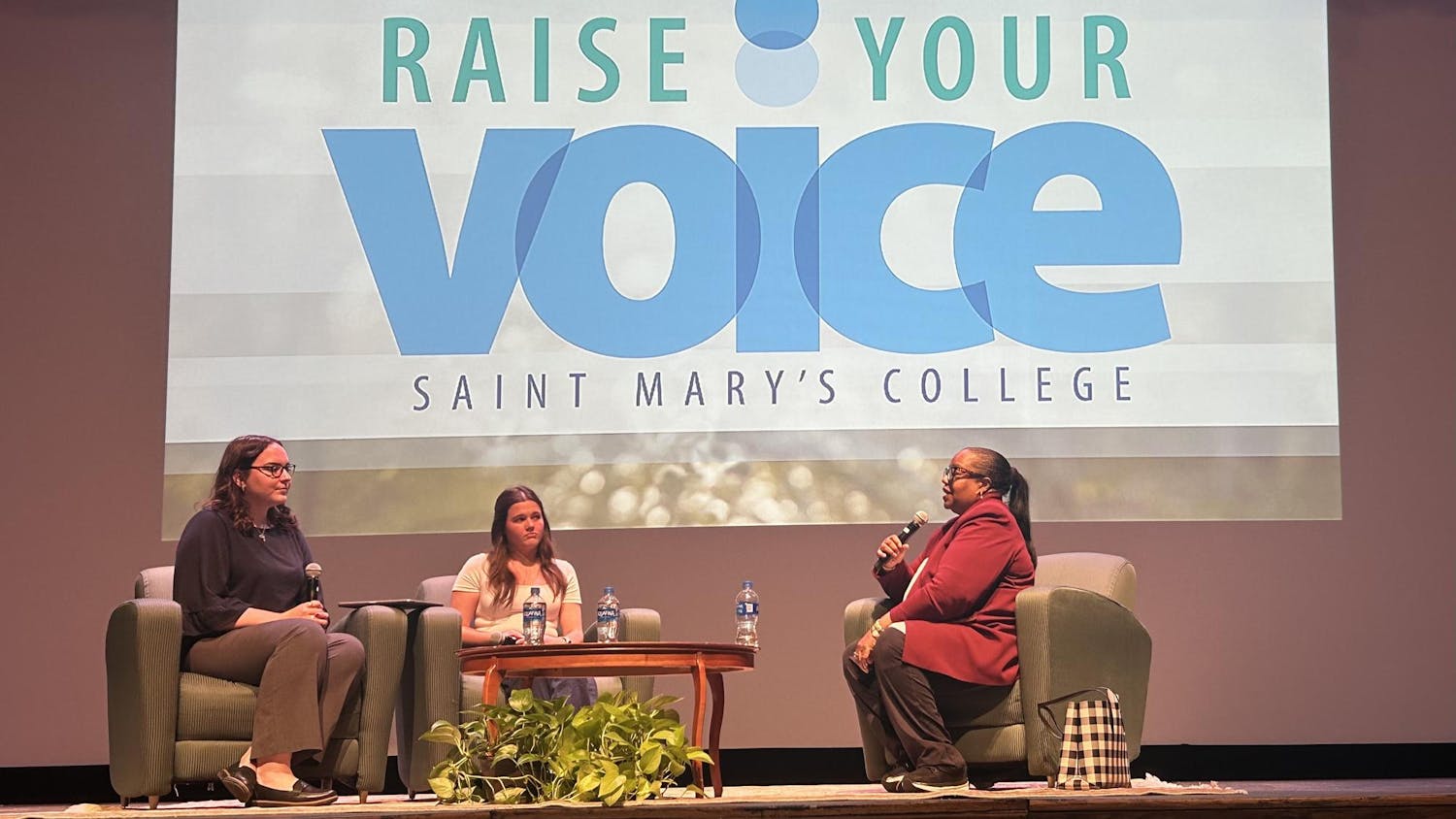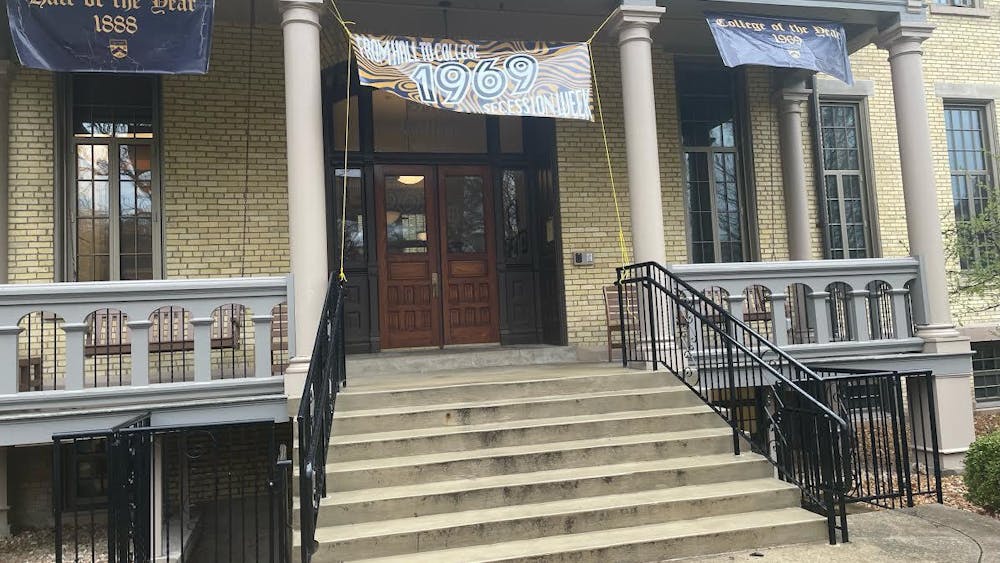The Notre Dame chapter of the National Alliance on Mental Illness hosted obsessive-compulsive disorder (OCD) expert Christopher Bedosky on Thursday evening in the Montgomery Auditorium for a talk titled "Do I Have OCD? What Can Be Done?"
Bedosky addressed misconceptions about OCD and effective methods for treating it.
Bedosky, a psychologist at University Hospitals of Cleveland and an assistant professor of psychiatry at Case Western Reserve University Medical School, said he has been helping treat patients with OCD for a long time, and he gets a lot of satisfaction and joy from helping those with the illness.
“OCD is a condition that people only know through Monk or Sheldon Cooper from The Big Bang Theory, and the people who I see are not those people,” Bedosky said. “The people who I see, I see because they are not functioning. Or if they are functioning, they are only doing so under great stress and anxiety.
“Mental health disorders are defined by the impairment of functioning, and my job, and the job of any mental health professional, is to get that individual to the point where they can function.”
Bedosky said there are many misconceptions in the public sphere regarding obsessions and compulsions and their effects on an individual.
“What is an obsession? Obsessions are persistent thoughts, images or urges that come into your head,” Bedosky said. “They are intrusive. You don’t want to think about it and then, bang, there’s the thought.
“Obsessions are unwanted. No one with OCD sighs and regrets not pondering their compulsion in a while. Obsessions are what cause the stress and anxiety for the individual and can lead to compulsive behavior.”
Obsessions and compulsive behavior both play a major role in the unhealthy behavior of the individual suffering from OCD, Bedosky said. Although obsessions are the unhealthy thoughts themselves, compulsions are behaviors individuals use to try to relieve the anxiety they feel as a result of unhealthy thoughts.
“Compulsions are mostly repetitive behaviors like hand washing, putting things in order or checking things,” Bedosky said. “They can even be mental acts such as counting to yourself, or having to say a prayer over and over because you’re worried you had the wrong intention and having to start over.”
Bedosky said avoidance compulsions are becoming more of a focus in research and treatment of OCD.
“Many people say they don’t have any compulsive behaviors, but when you ask them about their fear of hospitals, they respond that they don’t go near them,” he said. “It’s almost like a post-traumatic stress disorder. They’re avoiding the cues that are going to increase the arousal and anxiety.”
Bedosky said some of the biggest obstacles to proper treatment are misdiagnosis and incorrect treatment.
“The average time between the onset of symptoms and receiving the correct treatment is 14 to 17 years,” Bedosky said. "These individuals will have gone to see people who say they treat OCD, but they just suggest meeting in an anxiety group or drawing pictures.
“Sometimes I feel like I have to apologize for my profession, but there are those of us out there who know what we’re doing."
Bedosky said the most effective form of treatment combines exposure and response therapy and cognitive behavior therapy.
“Cognitive behavior therapy is mainly about education,” Bedosky said. "We help the person to understand what’s going on and what can be treated and why we think it happens. It also includes some cognitive restructuring, which is changing the way that the patients look at things.
“One of the great things about cognitive behavior therapy is that you’re teaching the patient to be their own therapist. By the time we’re finished, someone with OCD should be able to recognize obsessions when they come up and handle them effectively."
Exposure and response prevention is pure behavioral science that yields major positive improvements for patients, Bedosky said.
“The model for OCD from a cognitive behavioral standpoint is that there is some stimulus in the environment that leads to the obsessive thought,” Bedosky said. “It can be something as little as a look that can trigger great anxiety in an individual.
“First, you expose the individual to the stimulus that’s going to provoke the anxiety. When the individual begins to resort to the compulsive behavior, you keep them from carrying it out and track their anxiety over time. If everything else is normal, the anxiety should return to normal on its own.”
Bedosky said exposure and response therapy is similar to becoming accustomed to cold temperatures in a pool.
“Every time you jump back into the pool, the water is cold,” Bedosky said. “But if you stay in the pool, a natural habituation occurs and you get used to it. OCD works in the same way.”
Bedosky said medicine plays a supplementary role in treatment of OCD and makes therapy more effective.
“I tell my people that psychotherapy is like karate,” he said. “Martial arts always works better after you’ve hit your opponent with a brick. Sometimes for psychotherapy, medications are our bricks.”













